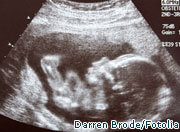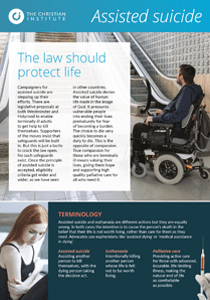Britain’s top midwife has criticised mums who celebrate their pregnancy by showing off scanned images of their baby because it might encourage people to consider the rights of unborn children.
In a column for the BBC News website Professor Cathy Warwick hit out at the practice of holding baby scan parties – dubbed “foetus parties” – where friends and family can view 3D or 4D images of an unborn baby.
The Chief Executive of the Royal College of Midwives questioned whether the parties encouraged the view that babies have a life of their own, and therefore rights, prior to birth.
Mothers
Prof Warwick said, “does this escalate the thinking held by some that a foetus should have a life of its own before birth and, therefore, have rights of its own?
“At the moment, UK law allows for the mother to make decisions on behalf of her baby until the baby is born.
“Using technology in this way seems to have the potential to upset this position and raises the spectrum of women being accused of doing wrong to their foetus, as happens in the USA.”
Smiling
Prof Warwick also expressed concern that the parties were commercialising pregnancy and raising expectations of older expectant mothers who often face complications.
In September research revealed that facial expressions such as smiling or crying develop while babies are still in the womb.
Facial movements were recorded using 4D ultrasound technology and scientists examined the recordings regularly throughout the period.
Twins
Scientists for the first time were able to show that facial movements of unborn babies become increasingly complex between 24 and 36 weeks gestation.
Last January unborn twins were filmed interacting with each other just 14 weeks into their mother’s pregnancy by researchers in Italy.
Researchers from the University of Padova, filmed the behaviour of twins in the 14th and 18th week of pregnancy using 4D ultrasound technology.
Interacting
They discovered that, starting from the 14th week of pregnancy, the twins performed movements specifically aimed at the co-twin.
By the 18th week the twins were found to be making more contact with each other and researchers concluded that they were “spending up to 30 percent of their time reaching out and stroking their co-twin.”


